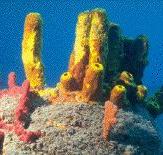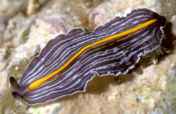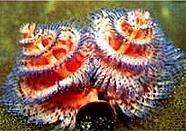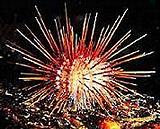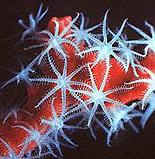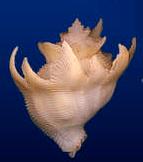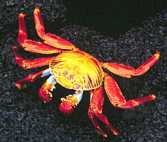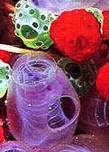Zoology 250 Phylogenetic Trees (2017)
=========================================== Porifera (sponges)
|
| ======================================== Placozoa (placozoans, Trichoplax)
| |
| | ==================================== Cnidaria (jellyfish, anemones, corals, etc.)
| | |
<<=Me| | | |(branch uncertain)============== Ctenophora (comb-jellies)
| | | |
| | | | ========================= Platyhelminthes (flatworms, tapeworms, etc.)
| | | | |
Mo=| | | | (branch uncertain)=X= 'pseudocoelomates' (nematodes, rotifers, etc.)
| | | | |
| | | =P*=| | ================= Nemertea (ribbon worms)
| | | | | | |
=E==| | | =A==| | ============== Mollusca (snails, clams, squids, etc.)
| | | | | |
| | | =C#=| | ======== Annelida (segmented worms)
| | | | | |
| | | | | |======= Sipuncula(peanut worms)
| | | ===| ===|
| | | | | |======= Pogonophora (beard worms, vent worms; now put in the Annelida)
===| | | | |
| | ===| ======== Echiura (proboscis worms)
| | |
| | | ======= Onychophora (velvet worms)
| | | |
| | ==R=| ==== Tardigrada (water bears)
| | ===|
=B*=| ==== Arthropoda (insects, spiders, crabs, etc.)
|
| |(branch uncertain)== Chaetognatha (arrow worms)
| |
| |(branch uncertain)== 'lophophorates' (bryozoans, brachiopods, etc.)
| |
==DA#===| ============== Xenturbellida (Xenoturbella)
| |
SEE 'IMPORTANT NOTES | =Am=| ========== Echinodermata(starfish, urchins, etc.)
ABOUT ANIMAL RELATIONS' | | ====|
| | ========== Hemichordata (acorn worms, pterobranchs)
===|
================== Chordata (sea squirts, vertebrates, etc.)
TRAITS SUPPORTING EACH CLADE (** plesiomorphic- primitive state, not unique to clade) and higher taxa:
Me= METAZOA:
a) true multicellularity (but no true gut)
b) sessile adult, superficial radial symmetry**
c) monociliated cells**
d) radial, indeterminate cleavage
e) blastula stage embryo
f) diplosome**
g) type IV collagen
Mo: motile adults; oral-aboral body axis
E= EUMETAZOA:
a) true tissues; basal lamina underlies epithelia
b) diploblastic organization
c) true radial symmetry
d) gastrula stage embryo
e) blind gut (no anus)
f) true gonads
g) true nervous system with synapses
h) striated muscle
i) septate junctions
B= BILATERIA*:
a) bilateral symmetry
b) cephalization
c) triploblastic organization (extensive mesoderm)
d) organ-system level of organization
e) protonephridia
A: anus present (i.e., complete gut)
#: coelom present
|
P= PROTOSTOMIA*:
a) spiral or modified spiral, determinate cleavage
b) mesoderm from single (mesentoblast) cell
c) mesoderm develops from mesenchyme cells
d) paired, ventral nerve cords (Nielsen 2012)
e) fate of first germ cell set at 5th cleavage
f) mouth (& sometimes anus) from blastopore
g) multiciliated cells
C= COELOMATE PROTOSTOMES*:
a) coelom via schizocoely
b) trochophore-like larva with apical cilia
c) larvae swim with compound cilia
R= PANARTHOPODA exoskeleton is molted
D= DEUTEROSTOMIA*:
a) radial, indeterminate cleavage**
b) mesoderm from epithelial cells
c) coelom via enterocoely
d) blastopore yields anus
e) tripartite coelom and body plan
f) monociliated cells** (some multiciliated)
Am= Ambulacraria
|
Return to Zool 250 Home Page or try your skill at the Invertebrate Diversity Quiz.
See interesting Z250 Cladogram Study Resource by Janessa Dornstauder (Z250 class of 2014) based on 2014 cladograms.
Copyright (c) 2017 by A. Richard Palmer. All rights reserved.
(revised Dec. 19, 2016)
